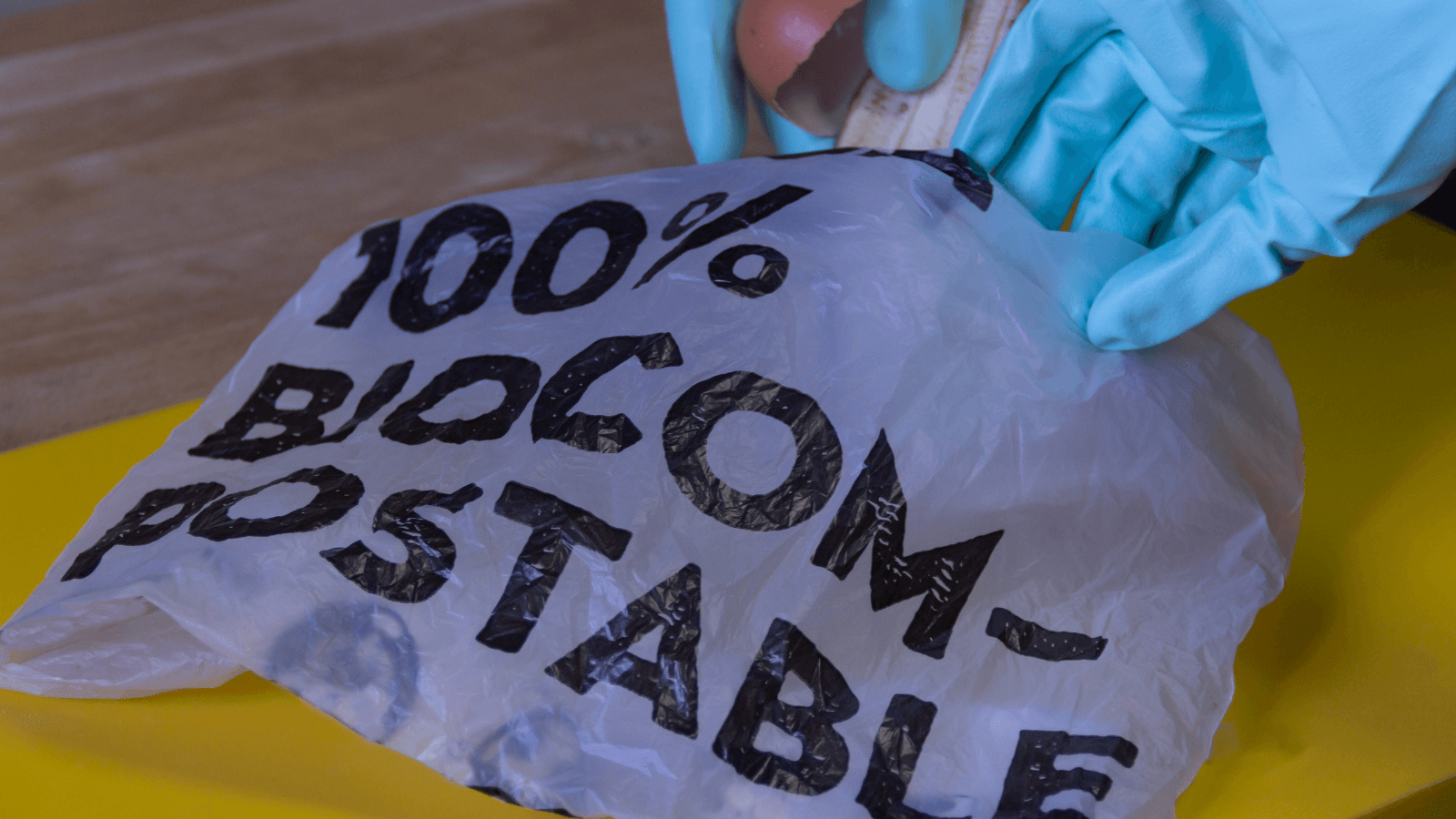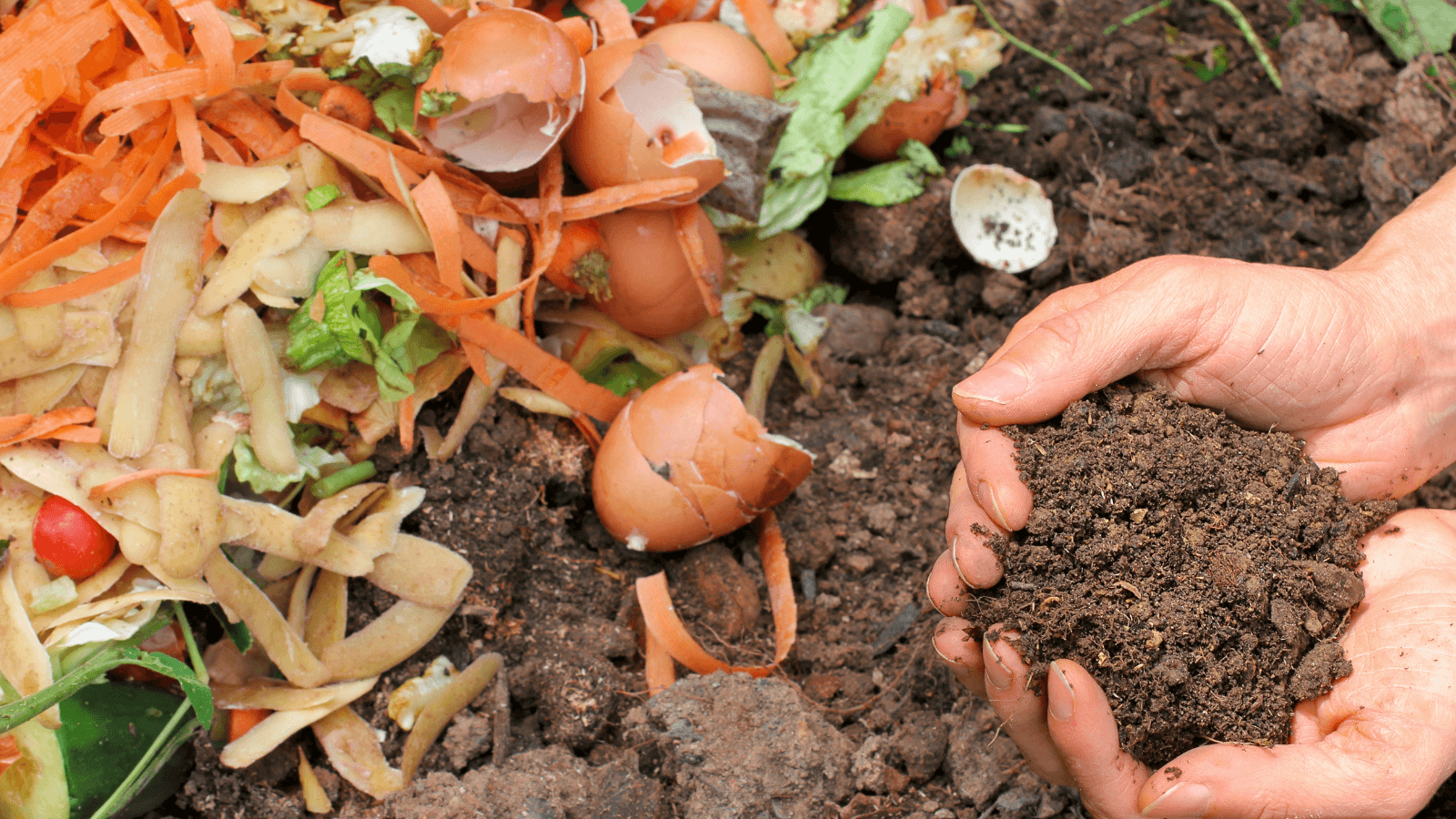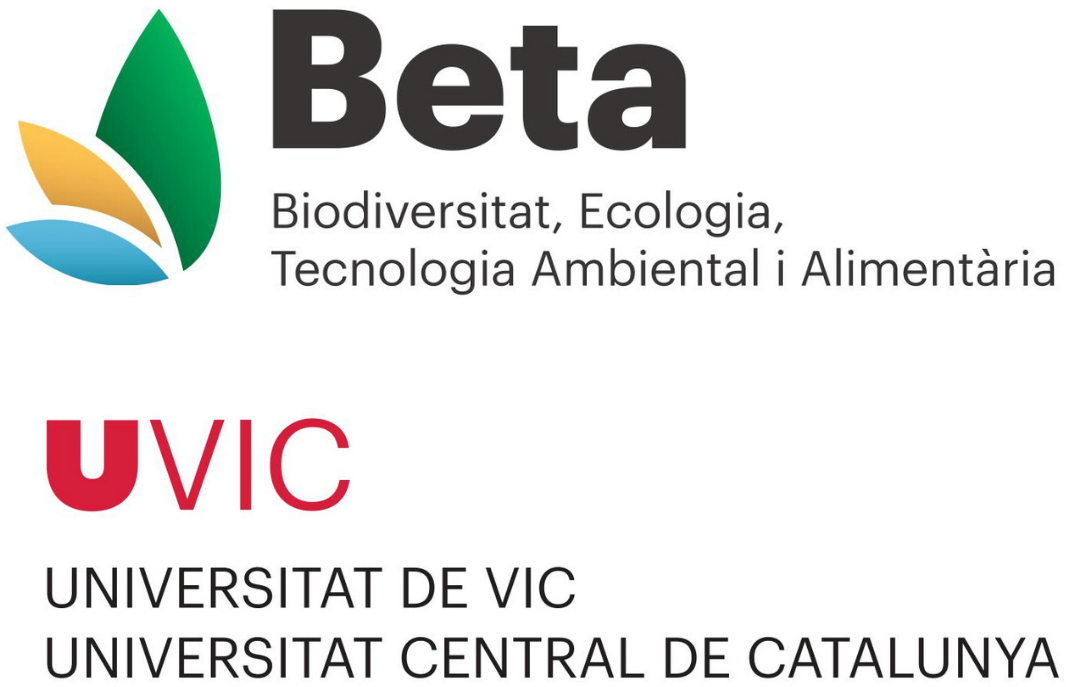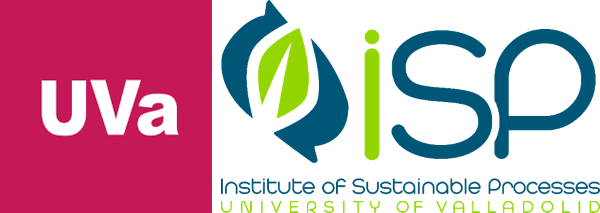The transition towards a post-petroleum society
EU member states have committed to a 55 percent net reduction in greenhouse gas emissions (GHG) by 2030. Replacing 30 percent of existing petroleum-based products with bio-based versions could help reduce GHG emissions by up to 50 percent and support the transition from a linear to a circular economy. As part of the transition towards a post-petroleum society, bio-based industries, which use renewable biological resources for the production of bio-based products and biofuel, offer a unique opportunity to establish sustainable, innovative and competitive value chains, thereby decoupling economic growth from resource depletion and negative environmental impacts.
The European Commission adopted a new Circular Economy Action Plan in 2020 aimed at finding new ways to valorise high quality waste streams for reuse, remanufacturing and recycling, thus making the circular economy a reality. CIRCULAR BIOCARBON aims to valorise two major organic urban waste streams: the organic fraction of municipal solid waste (OFMSW) and sewage sludge (SS). Both have significant environmental impact but can be turned into valuable resources (high-value-added products) for cities.
Biodegradable waste
Cities generate substantial amounts of organic waste, including OFMSW and SS. Both streams have considerable environmental, social and economic impacts and are traditionally perceived as a burden by cities, who not only bear most of these impacts but are also in charge of collection and treatment. Biodegradable waste is a key source of greenhouse gas emissions from landfill sites, corresponding to about 3 % of total EU greenhouse gas emissions (EEA, 2019a).

OFMSW
OFMSW - also simply referred as “bio-waste” - covers biodegradable waste from gardens and food waste from different sources, such as households, restaurants or retailers. In the EU-28, bio-waste accounts for more than 34 percent of the municipal solid waste generated, amounting to 86 million tonnes in 2017. Recycling bio-waste is therefore crucial for meeting the EU target to recycle 65 percent of municipal waste by 2035.

Sewage Sludge
It is a mud-like residue resulting from wastewater treatment. According to the European Commission, in 2008 alone, 10 million tons in dry solids of sewage sludge were generated across Europe putting pressure on current wastewater treatment plants capacities. Sewage sludge contains heavy metals and pathogens such as viruses and bacteria, but also valuable organic matter and nutrients such as nitrogen and phosphorus.
Existing valorisation options
In the context of the transition towards a circular economy, waste management in the EU means changing the perception of ‘waste as a problem’ to ‘waste as a resource’. Building on the existing separate collection obligation for paper and cardboard, glass, metals and plastic, new separate collection rules will boost the quality of secondary raw materials and their uptake: hazardous household waste will have to be collected separately by 2022, bio-waste by 2023 and textiles by 2025. Separate collection allows not only to reduce the environmental impact of landfilling, but is also a prerequisite for transforming it into valuable resources, such as nutrients, materials or energy.



As of today, the most common treatment methods for municipal bio-waste are composting and anaerobic digestion, respectively for compost production as well as digestate (which can also be used as a soil fertiliser) and biogas. In parallel, sewage sludge has been increasingly used in agriculture as a fertiliser or soil improver, encouraged by the Sewage Sludge Directive. These valorisation routes form a solid basis for bio-waste management and mark a clear improvement compared to landfilling, contributing to significantly reducing environmental impacts associated with OFMSW and SS. However, they do not fully capture the potential of these two waste streams and can then be combined with more advanced solutions, notably for the production of value-added products.
For more information on organic waste, read the EEA report on Bio-waste in Europe — turning challenges into opportunities.
Benefits of biorefining
To make the most out of OFMSW and SS, the EU has increased the focus on biorefining, allowing the co-production of food and feed, chemicals and materials as well as bioenergy. Biorefining OFMSW and SS will allow a better valorisation of under-used yet significant waste streams, while also avoiding the food-feed-fuel competition affecting agricultural feedstock. At the same time, it is highly replicable in urban areas across Europe, supporting the establishment of local and sustainable bio-based value chains. On top of reducing these impacts, biorefining also allows substitutes for fossil-based products and their embodied emissions. The CIRCULAR BIOCARBON biorefinery follows this cascading approach, maximising resource effectiveness throught the use of biomass in products that create the most economic value over multiple lifetimes while minimising losses.



This project has received funding from the Bio-based Industries Joint Undertaking (JU) under the European Union’s Horizon 2020 research and innovation programme under grant agreement No. 101023280. The JU receives support from the European Union’s Horizon 2020 research and innovation programme and the Bio-based Industries Consortium.











